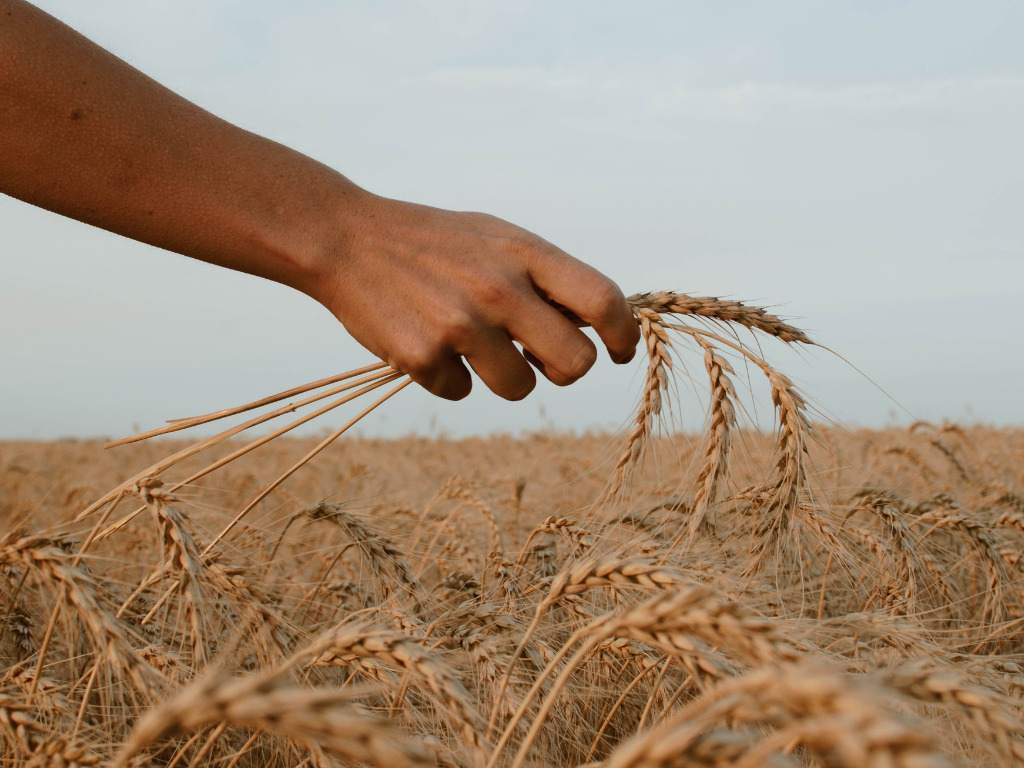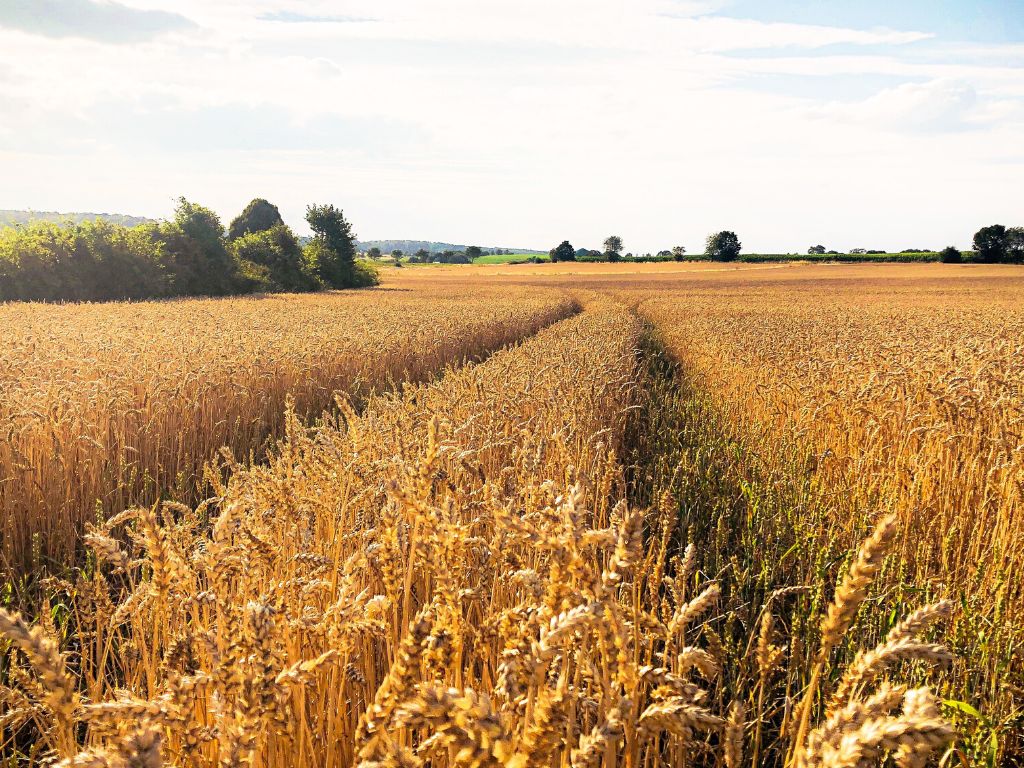Vertically-Grown Indoor Wheat Breakthrough Holds Potential To Localize The Global Food System
3 Mins Read
A German vertical farming startup has grown wheat without soil in an indoor vertical farming operation—and it’s potentially more efficient than open-field growing.
Vertical farming is no longer just for salad greens and strawberries. Berlin-based vertical farming startup, Infarm, says its indoor wheat trial has implications for growing at scale.
The company says it could produce 117 tons of wheat per hectare per year in vertical operations—a number that’s 26 times the yield of conventional open-field growing. Wheat requires more land to produce than any other crop.
But Infarm is doing it without land, and, notably, without soil. While hydroponic growing methods have been a sore spot for organic food proponents due to the lack of nutrient-rich soil, indoor farming holds significant potential—making food more reliable, accessible, and affordable. Infarm’s success is proof: now valued at more than $1 billion, the company raised $200 million in a Series D funding round last year, bringing its total to more than $600 million, according to Crunchbase.
Global food security
“Being able to grow wheat indoors is a milestone for Infarm and of significant importance for global food security, as wheat is a calorie-dense but resource-intense crop that is a core component of diets worldwide,” Erez Galonska, CEO and co-founder of Infarm, said in a statement.

The increases in yield came by way of extended growing cycles; Infarm says it can achieve six in a year versus just one for conventional farming. Infarm is still in the early stages of development but says it anticipates being able to increase its yields by more than 50 percent—far outpacing that of conventional field farming.
The development could play a critical role in the future of food security. Not only does vertical farming promise to be more accessible than some conventional growing methods, while also reducing many of the risks with outdoor growing, which often requires high and heavy doses of pesticides and herbicides, but it could also offer an alternative source to Ukrainian- and Russian-sourced wheat. Russia’s invasion of Ukraine has put strains on the global wheat supply; the country was among the top global exporters prior to Russia’s attack in February.
Food for a growing a planet
“To continue to feed the world’s growing population, we need to achieve higher crop yields which we have now proven to be possible for wheat,” said Guy Galonska, chief technology officer and the co-founder of Infarm. “We are confident that wheat can be grown successfully at scale indoors as a climate-resilient alternative.”

Infarm’s development could increase production for the staple crop, helping to feed more people by localizing production. Despite the benefits of indoor growing, the sector is energy intensive and can also be costly. But pressure from the increasing global population—which just reached eight billion—and climate change, make food production alternatives all the more critical, especially for staple crops.
“Our first step is to make governments and financial institutions aware of the tremendous potential of indoor vertical farming to enhance climate resilience and food security,” a spokesperson for Infarm told Just Food. “This will help pave the way for the sector to access government grants and subsidies, in addition to private investment.”
Lead image courtesy of Pexels.



